In the automotive world, few comparisons generate as much interest as head-to-head matchups between premium brands. Today, we will take a closer look at two formidable contenders—the BMW 1er Reihe and the Volvo EX30. The 1er Reihe continues to uphold BMW’s legacy of driving pleasure and engineering excellence, while the EX30 showcases Volvo’s commitment to electric innovation and safety. Let's delve into the specifics of each model.
BMW 1 Series vs Volvo EX30 – Który samochód bardziej do Ciebie pasuje?
Dwa auta, jedno starcie: BMW 1 Series kontra Volvo EX30.
Które wypada lepiej pod względem osiągów, zużycia i relacji ceny do jakości? Sprawdź teraz!
Design and Interiors: Style Meets Functionality
The BMW 1er Reihe, available as a hatchback, exhibits a sporty design that aligns with the brand's iconic styling cues. With dimensions measuring 4361mm in length and 1800mm in width, it offers a bold stance that appeals to enthusiasts. The interior is designed with a driver-focused layout, featuring high-quality materials and advanced infotainment systems, which harmoniously blend technology and comfort.
On the other hand, the Volvo EX30 offers a fresh perspective with its SUV body type, measuring 4233mm in length and 1837mm in width. The Scandinavian design philosophy emphasizes minimalism and functionality, contributing to a spacious cabin that provides ergonomic seating for up to five passengers. Advanced safety features and innovative storage solutions further enhance its practicality.
Powertrains: Tradition vs. Innovation
The BMW 1er Reihe boasts a diverse range of engine options, including diesel and petrol mild-hybrid engines, with power outputs varying from 122 HP to a robust 300 HP. The range of engine configurations allows for impressive fuel economy, with consumption as low as 4.3 L/100km. The model also features front-wheel and all-wheel drive options, ensuring a dynamic driving experience tailored to your preferences.
Contrastingly, the Volvo EX30 is fully electric and offers two distinct power outputs of 272 HP and 428 HP. The EX30’s electric motors deliver instantaneous torque, resulting in thrilling acceleration—taking as little as 3.6 seconds to reach 100 km/h. With an impressive electric range of up to 476 km, this model exemplifies Volvo’s forward-thinking approach to sustainable mobility.
Driving Dynamics: Comfort vs. Sportiness
BMW has long been synonymous with sporty driving dynamics, and the 1er Reihe is no exception. With features like dual-clutch automatic transmission and a range of power outputs, it enables exhilarating acceleration from 0-100 km/h in as little as 4.9 seconds for the high-performance variant. BMW’s engineering prowess translates into precise steering and agile handling, making the 1er Reihe a pleasure on winding roads.
Meanwhile, the Volvo EX30 prioritizes comfort and safety, which is evident in its design and technology. The advanced driving aids, such as adaptive cruise control and lane-keeping assistance, enhance the driving experience, making it suitable for both city commuting and longer journeys. Although it lacks the top speed of its BMW counterpart (capped at 180 km/h), the EX30’s electric powertrain provides a smooth and quiet ride, aligning with Volvo’s commitment to safety and comfort.
Technology and Innovations: Leading-Edge Features
Both BMW and Volvo have made significant strides in integrating technology within their vehicles. The 1er Reihe is equipped with the latest infotainment system, featuring an intuitive interface, connectivity options, and a premium sound system. Furthermore, it incorporates advanced driver-assistance systems that enhance safety and convenience.
Conversely, the Volvo EX30 leads the charge with its electric vehicle innovations. The model is not only designed to be eco-friendly with a CO2 efficiency class of A, but it also includes cutting-edge technology such as a comprehensive digital display and smart navigation systems optimized for EV travel. The focus on sustainability extends to its battery options, available in capacities of up to 65 kWh.
Conclusion: A Choice Between Two Giants
Ultimately, the choice between the BMW 1er Reihe and the Volvo EX30 boils down to personal preference and driving needs. The 1er Reihe is tailored for those who crave a sporty and engaging driving experience with versatile performance options. In contrast, the EX30 provides an innovative and eco-friendly alternative, delivering robust electric performance and a commitment to safety.
As the automotive industry continues to evolve, both models stand as excellent examples of their respective brands, each catering to different segments of the market. Whether you prioritize driving dynamics or eco-conscious technology, either vehicle promises an enriching driving experience.
Szczegóły techniczne: konkretne różnice między modelami
Koszty i zużycie
W kwestii ekonomii oba modele pokazują ciekawe różnice.
BMW 1 Series ma nieco przewagę cenową – jego cena zaczyna się od 144500 zł, podczas gdy Volvo EX30 kosztuje 169100 zł. Różnica wynosi około 24556 zł.
Silnik i osiągi
Pod maską widać, który model jest bardziej sportowy i kto ma lepszy start.
Pod względem mocy silnika Volvo EX30 ma czytelny przewagę – 428 KM zamiast 300 KM. To różnica około 128 KM KM.
W przyspieszeniu 0–100 km/h Volvo EX30 jest wyraźny szybszy – 3.60 s wobec 4.90 s. Różnica wynosi około 1.30 s sekundy.
Pod względem prędkości maksymalnej BMW 1 Series jest zauważalny lepszy – osiąga 250 km/h, podczas gdy Volvo EX30 kończy na 180 km/h. Różnica to około 70 km/h.
Różnica widoczna jest również w momencie obrotowym: Volvo EX30 ciągnie zauważalny mocniej – 543 Nm wobec 400 Nm. Różnica to około 143 Nm.
Przestrzeń i praktyczność
Poza mocą liczy się też wygoda i funkcjonalność. Tu decyduje się, który samochód jest bardziej praktyczny i wszechstronny.
Oba samochody oferują miejsce dla 5 osób.
Pod względem masy własnej BMW 1 Series jest oczywisty lżejszy – 1465 kg wobec 1840 kg. Różnica to około 375 kg kg.
Pod względem pojemności bagażnika BMW 1 Series oferuje nieco więcej miejsca – 380 L wobec 318 L. To różnica około 62 L litrów.
W maksymalnej pojemności ładunkowej BMW 1 Series wypada trochę lepiej – do 1200 L, czyli o około 200 L więcej niż Volvo EX30.
Pod względem ładowności BMW 1 Series wypada oczywisty lepiej – 510 kg wobec 390 kg. Różnica to około 120 kg kg.
Kto wygrywa pojedynek?
BMW 1 Series okazał się ma niewielką przewagę i tym samym zdobywa tytuł DriveDuel Champion!
W tym porównaniu BMW 1 Series to bardziej wszechstronny wybór.

BMW 1 Series
BMW 1 Series
BMW serii 1 to doskonałe połączenie stylu i dynamiki, które przyciąga entuzjastów motoryzacji. Jego nowoczesny design oraz komfortowe wnętrze sprawiają, że każda podróż staje się prawdziwą przyjemnością. Znakomite właściwości jezdne i zaawansowane technologie to kolejne atuty tego wyjątkowego modelu.
szczegóły @ press.bmwgroup.com
@ press.bmwgroup.com
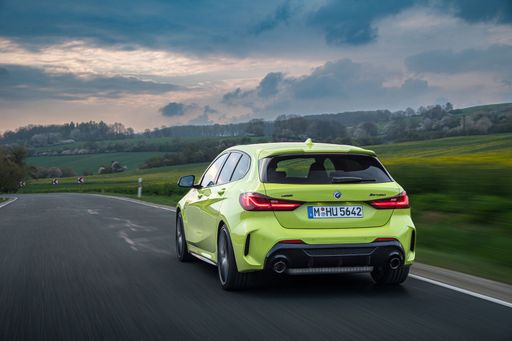 @ press.bmwgroup.com
@ press.bmwgroup.com
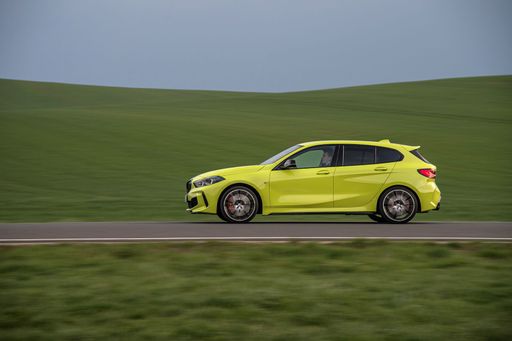 @ press.bmwgroup.com
@ press.bmwgroup.com
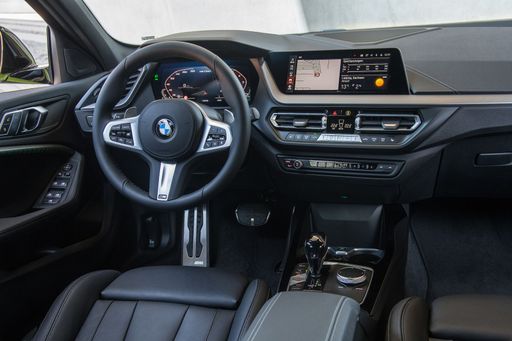 @ press.bmwgroup.com
@ press.bmwgroup.com
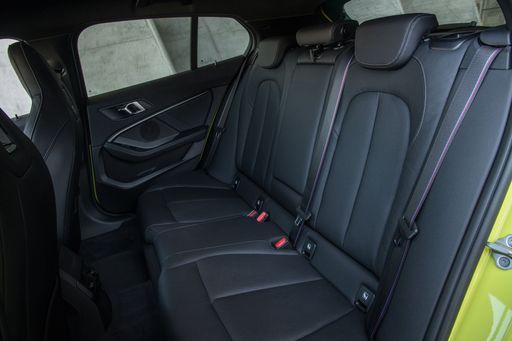 @ press.bmwgroup.com
@ press.bmwgroup.com
Volvo EX30
Volvo EX30 to świeża interpretacja miejskiego elektryka od Szwedów — kompaktowy, elegancki i z charakterem, który wyłamuje się z nudnego krajobrazu segmentu. Idealny dla tych, którzy chcą codziennego komfortu i dobrego stylu bez zbędnego kombinowania, a do tego nie boją się odrobiny zabawy za kierownicą.
szczegóły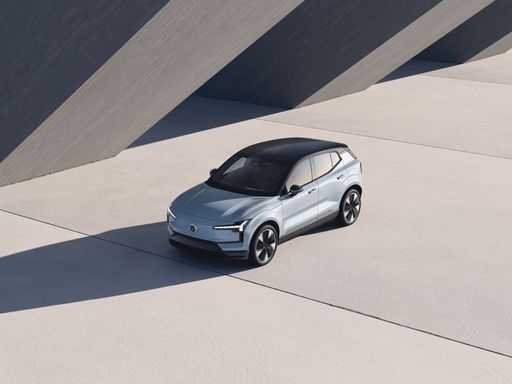 @ Volvo
@ Volvo
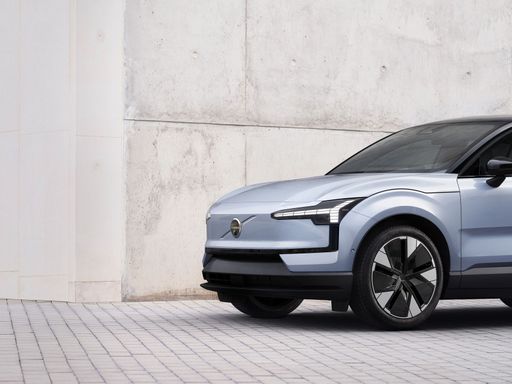 @ Volvo
@ Volvo
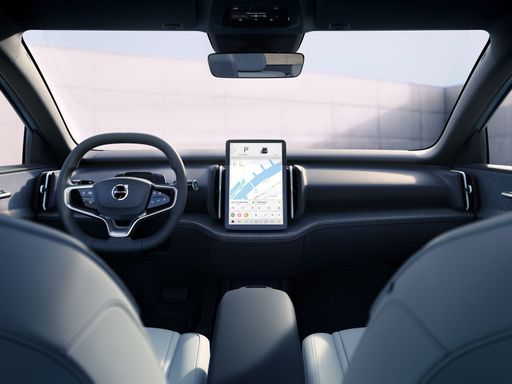 @ Volvo
@ Volvo
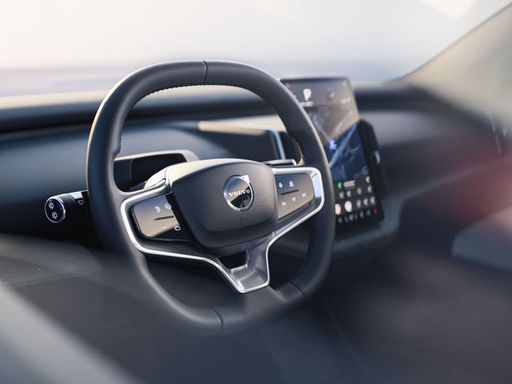 @ Volvo
@ Volvo
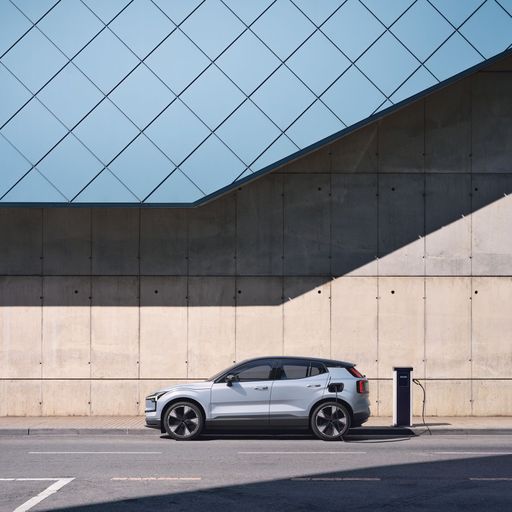 @ Volvo
@ Volvo

|

|
|
|
|
Koszty i Zużycie |
|
|---|---|
|
Cena
144500 - 261800 zł
|
Cena
169100 - 251700 zł
|
|
Zużycie L/100km
4.3 - 7.6 L
|
Zużycie L/100km
-
|
|
Zużycie kWh/100km
-
|
Zużycie kWh/100km
17 - 18.7 kWh
|
|
Zasięg elektryczny
-
|
Zasięg elektryczny
339 - 476 km
|
|
Pojemność baterii
-
|
Pojemność baterii
49 - 65 kWh
|
|
CO2
112 - 173 g/km
|
CO2
0 g/km
|
|
Pojemność zbiornika paliwa
49 L
|
Pojemność zbiornika paliwa
-
|
Wymiary i Nadwozie |
|
|---|---|
|
Typ nadwozia
Hatchback
|
Typ nadwozia
SUV
|
|
Miejsca siedzące
5
|
Miejsca siedzące
5
|
|
Drzwi
5
|
Drzwi
5
|
|
Masa własna
1465 - 1625 kg
|
Masa własna
1840 - 1960 kg
|
|
Pojemność bagażnika
300 - 380 L
|
Pojemność bagażnika
318 L
|
|
Długość
4361 mm
|
Długość
4233 mm
|
|
Szerokość
1800 mm
|
Szerokość
1838 mm
|
|
Wysokość
1459 mm
|
Wysokość
1550 - 1567 mm
|
|
Maksymalna pojemność bagażnika
1135 - 1200 L
|
Maksymalna pojemność bagażnika
1000 L
|
|
Ładowność
475 - 510 kg
|
Ładowność
370 - 390 kg
|
Silnik i Wydajność |
|
|---|---|
|
Typ silnika
Diesel, Mild Hybrid Benzyna, Mild Hybrid Diesel, Benzyna
|
Typ silnika
Elektryczny
|
|
Skrzynia biegów
Automatyczna
|
Skrzynia biegów
Automatyczna
|
|
Szczegóły skrzyni biegów
Automatyczna dwusprzęgłowa
|
Szczegóły skrzyni biegów
Reduktor
|
|
Rodzaj napędu
Napęd na przednie koła, Napęd na cztery koła
|
Rodzaj napędu
Napęd na tylne koła, Napęd na cztery koła
|
|
Moc KM
122 - 300 KM
|
Moc KM
272 - 428 KM
|
|
Przyspieszenie 0-100km/h
4.9 - 9.8 s
|
Przyspieszenie 0-100km/h
3.6 - 5.7 s
|
|
Maksymalna prędkość
210 - 250 km/h
|
Maksymalna prędkość
180 km/h
|
|
Moment obrotowy
230 - 400 Nm
|
Moment obrotowy
343 - 543 Nm
|
|
Liczba cylindrów
3 - 4
|
Liczba cylindrów
-
|
|
Moc kW
90 - 221 kW
|
Moc kW
200 - 315 kW
|
|
Pojemność silnika
1499 - 1998 cm3
|
Pojemność silnika
-
|
Ogólne |
|
|---|---|
|
Rok modelowy
2024
|
Rok modelowy
2024 - 2025
|
|
Klasa efektywności CO2
D, C, F
|
Klasa efektywności CO2
A
|
|
Marka
BMW
|
Marka
Volvo
|
Jakie rodzaje napędu ma BMW 1 Series?
Model oferowany jest z napędem Napęd na przednie koła albo Napęd na cztery koła.
Wyświetlane ceny i dane są szacunkowe, oparte na niemieckich cenach katalogowych i mogą się różnić w zależności od kraju. Te informacje nie stanowią wiążącej oferty.
